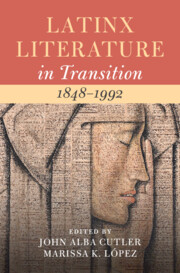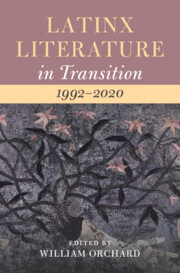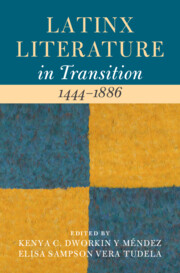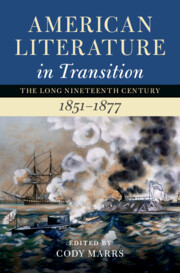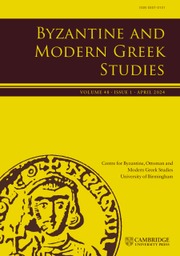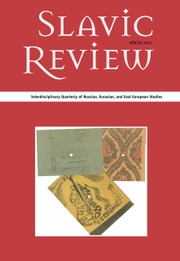Latinx Literature in Transition, 1848–1992
This book introduces scholars and students of literature to previously neglected or unknown works of literature-such as José Rodríguez Cerna's chronicles and Leonor Villegas de Magnón's memoir of the Mexican Revolution-as well as new approaches to canonical texts by Maria Amparo Ruiz de Burton, Julia de Burgos, Tomás Rivera, and Gloria Anzaldúa. It challenges how previous generations of scholars have understood American modernity by rejecting a standard, historical organization and instead unfolding in clusters of essays related to key terms-space, being, time, form, and labor-corresponding to the overlapping legacies of Spanish and US colonialism and expansion that frame Latinx experience. This volume showcases the diversity of US Latinx communities and cultures, including work on Mexican/Chicanx, Central American, and Caribbean figures and highlighting the evolution of scholarship on Afro-Latinx creative expression and Latinx representations of indigeneity.
- Breaks free of the progress narrative of multicultural inclusion that privileges Anglo history and cultural touchstones
- Decenters whiteness by privileging interracial connections that are just beginning to receive scholarly attention
- Emphasizes the coloniality of genre and the ways in which access to print and publishing networks are conditioned by race and class; emphasizes how methods of literary analysis are applicable across a range of interdisciplinary, cultural production
Product details
April 2025Hardback
9781009314169
422 pages
229 × 152 × 24 mm
0.793kg
Available
Table of Contents
- Part I. Space:
- 1. José Garcia Villa's sojourn in New Mexico: rethinking the geographies of Latinidad Paula C. Park
- 2. Latinx internationalism, French orientalism, and a Nuyorican Morocco Sarah M. Quesada
- 3. Centro America in San Francisco: diasporic literariness at the end of the long nineteenth century Gabriela Valenzuela
- 4. Bridges, backs, and barrios: radical women of color feminisms and the critique of modern space Felice Blake
- Part II. Being:
- 5. Brown modernism from María Cristina Mena to Gloria Anzaldúa Renee Hudson
- 6. The Spanish-indigenous binary and anti-Blackness as literary inheritance Sheila M. Contreras
- 7. The camaraderie of influence: intersectional trauma in Down These Mean Streets Trent Masiki
- 8. Spiritual service: rereading religion and labor in … y no se lo tragó la tierra and Face of an Angel Marcela Di Blasi
- Part III. Time:
- 9. Death and afterlives of the silver dollar café in Chicanx cultural production Ariana Ruíz
- 10. Passing Time: Latinx racialization, modernist satire, and the captivity narrative Evelyn Soto
- 11. Romancing Latinidad: race, resistance, and Latinx theater history Armando García
- 12. Singing apocalypse: on Corridos, catastrophe, and the poetics of reconstitution Jonathan Leal
- Part IV. Form:
- 13. Entre Balas y Rugidos: translating the Leonor Villegas de Magnón archive into a digital exhibit Melinda Mejía
- 14. Modernism's workshops: printing Latinx literary modernities in New York City Kelley Kreitz
- 15. Lyrical mobilities: William Carlos Williams and Julia de Burgos in the Latinx grain María del Pilar Blanco
- 16. Bullets, guns, and tattoos: debility in the US Central American literature of Salomón de la Selva and Héctor Tobar Tatiana Argüello and Andrew Ryder
- Part V. Labor:
- 17. Seeking Parteras in the archive: Latinx literature in transition and the labor of labor Erin Murrah-Mandril
- 18. The work of war: Latinx literature, racial schismatics, and possible solidarities Eric A. Vázquez and Ariana Vigil
- 19. Farmworker culture in literature and film, or Tomaìs Rivera's Brown Noir Curtis Marez
- 20. The specter of neoliberalism: labor, activism, and commodity abstraction in early Chicano/a literature Carlos Gallego.

